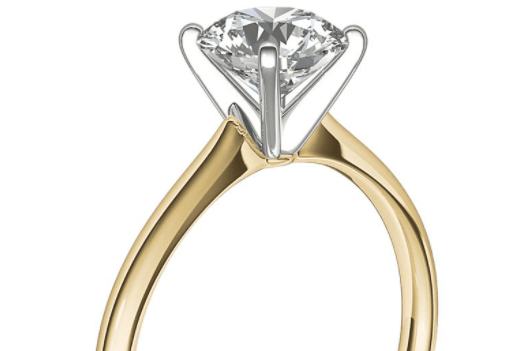Introduction: A Closer Look at the Essence
In the world of fine jewelry, every detail matters, from the cut of the stone to the metal setting that holds it in place. Among these details, the choice of prongs for a diamond ring stands out as a pivotal decision. How do these seemingly small components contribute to the overall allure and security of a diamond ring? What factors should one consider when selecting the ideal prong style? Let’s delve into the intricacies of diamond ring prong and unveil their significance in the realm of jewelry craftsmanship.
1. Understanding Diamond Ring Prong
The Functionality of Prongs
다이아 반지 프롱 serve a dual purpose: they secure the precious gemstone in place while allowing maximum exposure to light, enhancing its brilliance. These delicate metal claws or loops grasp the diamond firmly, preventing it from dislodging while ensuring its visibility from all angles.
Types of Prong Settings
There are various types of prong settings, each with its unique aesthetic appeal and level of security:
Traditional Four-Prong Setting
- Timeless elegance meets simplicity with the classic four-prong setting. This configuration exposes more of the diamond’s surface, allowing for maximum light penetration and showcasing the stone’s natural beauty.
Six-Prong Setting
- Offering heightened security and stability, the six-prong setting distributes the pressure evenly across the diamond’s girdle, minimizing the risk of accidental damage or loss.
Bezel Setting
- In contrast to prong settings, the bezel setting encases the diamond within a metal rim, providing unparalleled protection against impact and abrasion while offering a sleek, contemporary look.
2. Factors Influencing Prong Selection
Diamond Shape and Size
The choice of prong style often depends on the shape and size of the diamond. While round diamonds typically pair well with traditional four or six-prong settings, fancy-shaped stones such as princess or pear may benefit from customized prong configurations to ensure a snug fit and optimal presentation.
Lifestyle Considerations
Individual lifestyle factors, such as daily activities and occupation, play a crucial role in prong selection. For active individuals or those working with their hands, a more secure setting like the six-prong or bezel may offer added peace of mind against accidental damage or loss.
Design Preferences
Personal taste and style preferences also influence the choice of prong settings. Whether seeking a minimalist, modern aesthetic or a vintage-inspired look, there’s a prong style to complement every design sensibility and elevate the overall appeal of the diamond ring.
3. The Importance of Prong Maintenance
To ensure the longevity and integrity of a diamond ring, regular maintenance is essential. Here are some tips for preserving the beauty and security of prong settings:
- Routine Inspections: Schedule periodic inspections with a reputable jeweler to assess the condition of the prongs and address any signs of wear or loosening.
- Cleaning Regimen: Clean the diamond ring regularly using mild soap and warm water, gently brushing around the prongs to remove dirt and debris that may compromise their stability.
- Prong Retipping: In cases where prongs show significant wear or damage lab made diamonds, consider professional retipping to reinforce their strength and durability, preventing potential diamond loss.
4. Conclusion: Elevating Every Facet of Beauty
In the intricate tapestry of fine jewelry craftsmanship, diamond ring prong emerge as unsung heroes, seamlessly blending form and function to enhance the allure and security of precious gemstones. By understanding the significance of prong selection and prioritizing proper maintenance, one can elevate the beauty and longevity of their cherished diamond ring, ensuring it shines brightly for generations to come. As you embark on your journey to find the perfect diamond ring, may these insights guide you in making an informed and inspired choice, allowing the brilliance of your love to sparkle with every facet.



